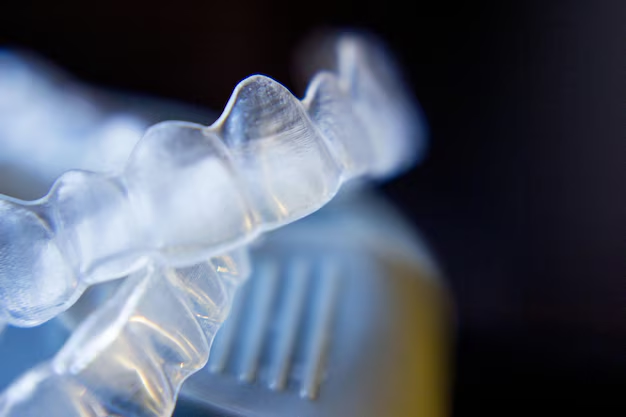How Osteoporosis Can Impact Your Dental Health
Many people associate osteoporosis with weakened bones and increased risk of fractures, but did you know it can also impact your teeth? Understanding the connection between osteoporosis and dental health can be crucial to maintaining a healthy smile and overall well-being.
What is Osteoporosis?
Osteoporosis is a condition characterized by low bone mass and deterioration of bone tissue, leading to fragile bones. It primarily affects the hip, spine, and wrist but can influence every bone in the body, including those supporting your teeth.
The Connection Between Osteoporosis and Your Teeth
Your teeth are held in place by the jawbone, which, like other bones, can be weakened by osteoporosis. Here’s how osteoporosis might affect your dental health:
- Jawbone Density: A decrease in jawbone density can lead to tooth loss, which makes osteoporosis a concern for maintaining dental integrity.
- Gum Disease: Weakened bones can exacerbate gum disease, which can further harm the jawbone and teeth.
- Tooth Mobility: Reduced bone density can result in increased tooth mobility, making your teeth feel loose.
Identifying Dental Issues Related to Osteoporosis
Signs that osteoporosis might be affecting your dental health include:
- Loose teeth
- Receding gum lines
- Ill-fitting dentures
- Jaw pain or discomfort
If you experience any of these symptoms, consulting with a dentist is crucial for early detection and management.
Managing Bone Health for Better Dental Outcomes
Maintaining good bone health is essential for both overall wellness and dental health. Here are some tips to consider:
- Calcium and Vitamin D: Ensure adequate intake to support bone health.
- Regular Medical and Dental Check-ups: Frequent monitoring can help catch issues early.
- Healthy Lifestyle Choices: Exercise and avoiding smoking can enhance bone density and overall health.
Exploring Financial Assistance for Dental Needs
Dental health maintenance can be costly, especially when dealing with complications arising from osteoporosis. Fortunately, several financial assistance options can help manage these expenses:
- Government Aid Programs: Look into state and local programs designed to provide support for dental health services.
- Dental Charities and Non-Profits: Some organizations offer services at a reduced cost or through free clinics.
- Insurance Plans: Review your health or dental insurance to see what is covered under your current plan.
- Flexible Spending Accounts (FSAs) and Health Savings Accounts (HSAs): Use these accounts to pay for qualifying medical and dental expenses with pre-tax dollars.
Taking Control of Your Financial and Educational Resources
As you navigate the challenges related to managing osteoporosis and its effects on dental health, it’s essential to explore various financial resources available to you. Financial planning will not only aid in addressing immediate needs but also promote long-term wellness.
Financial and Educational Opportunities Table
| 💸 Program/Option | ✅ Description |
|---|---|
| Medicare and Medicaid | Federal/state programs that may cover eligible dental costs. |
| Non-Profit Clinics | Offer free or affordable services based on financial need. |
| CareCredit | A credit card designed specifically for health-related expenses. |
| Dental Schools | Services by supervised students at reduced costs. |
| Low-Income Grants | Available for those in financial hardship, check eligibility. |
Understanding how osteoporosis can affect your dental health is a great starting point for taking proactive measures. With the right resources and financial planning, you can ensure both your bones and teeth remain in the best possible health.

Related Topics
- a Nurse Is Caring For a Client Who Has Osteoporosis.
- a Percutaneous Is Performed To Treat Osteoporosis Related Compression Fractures
- Can Alcohol Cause Osteoporosis
- Can I Do Pilates If I Have Osteoporosis
- Can I Reverse Osteoporosis
- Can Men Get Osteoporosis
- Can Osteoporosis Be Cured
- Can Osteoporosis Be Painful
- Can Osteoporosis Be Reversed
- Can Osteoporosis Cause Back Pain